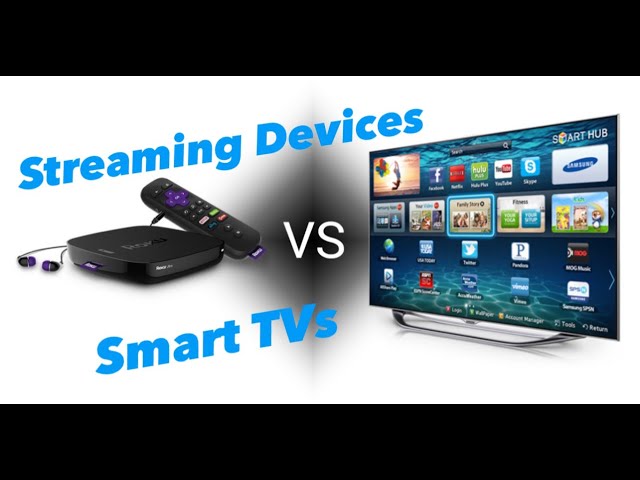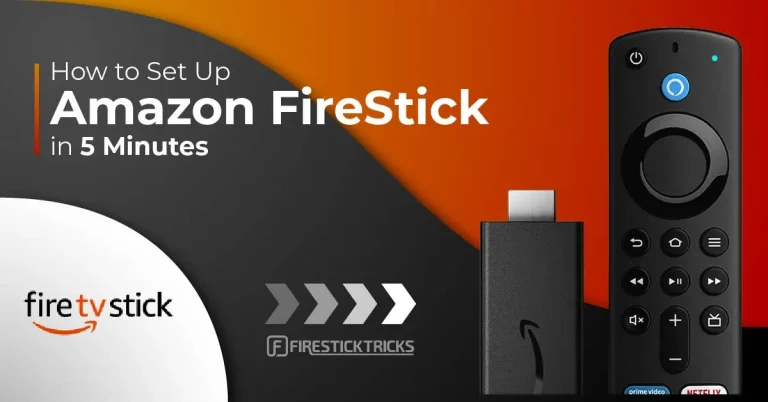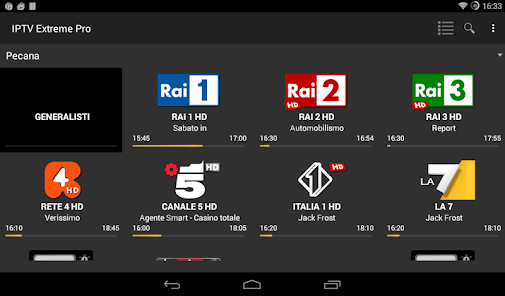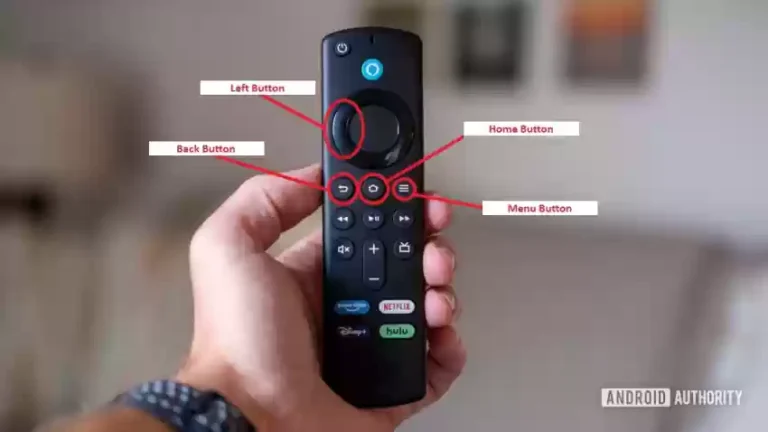Do I need a streaming device with a smart tv?
Do I need a streaming device with a smart TV? It’s a common question among tech-savvy viewers and casual watchers alike. With smart TVs boasting built-in apps, is an additional device really necessary?
The short answer is NO While smart TVs offer convenient access to streaming services, dedicated streaming devices often provide a superior experience. They typically offer more apps, faster performance, and better updates.
What is a Smart TV?
A Smart TV is essentially a television set integrated with internet capabilities and interactive Web 2.0 features. This allows users to stream music and videos, browse the internet, and view photos. Smart TVs come pre-loaded with operating systems and apps, providing a seamless viewing experience.
What is a Streaming Device?
A streaming device is a gadget that connects to your TV, enabling it to stream content from the internet. Popular examples include Roku, Amazon Fire Stick, Apple TV, and Google Chromecast. These devices can turn any TV into a smart one, or enhance the functionality of existing Smart TVs.
Do Smart TV come with Free TV? Check Know
Key Features of Smart TVs
Key Features of Smart TVs
1. Built-in Apps
Smart TVs come with a variety of pre-installed apps, including popular streaming services like Netflix, Hulu, Amazon Prime Video, and YouTube. This means you can access your favorite shows and movies directly from your TV without needing an external device.
2. Internet Connectivity
One of the hallmark features of Smart TVs is their ability to connect to the internet via Wi-Fi or Ethernet. This connectivity allows for streaming video, browsing the web, and accessing a wide range of online content, enhancing the overall viewing experience.
3. Voice Control and AI Integration
Modern Smart TVs often come equipped with voice control capabilities, allowing you to use voice commands to search for content, change channels, adjust the volume, and even control other smart devices in your home. Integration with AI assistants like Amazon Alexa, Google Assistant, or Samsung’s Bixby makes these interactions smooth and intuitive.
4. Screen Mirroring and Casting
Many Smart TVs support screen mirroring or casting, enabling you to display content from your smartphone, tablet, or computer on your TV screen. This feature is perfect for sharing photos, videos, or presentations with a larger audience.
5. App Store Access
Smart TVs typically offer access to an app store, where you can download additional apps and services. This flexibility means you can customize your TV experience to include fitness apps, news services, educational content, games, and more.
6. Regular Updates
Manufacturers frequently release firmware updates for Smart TVs to enhance performance, add new features, and improve security. These updates ensure your Smart TV stays current with the latest advancements and apps.
7. Customizable Home Screen
The home screen of a Smart TV can often be customized to suit your preferences. You can arrange your favorite apps, inputs, and channels for quick access, creating a personalized entertainment hub.
8. Enhanced Picture and Sound Quality
Smart TVs often feature advanced display technologies such as 4K Ultra HD, HDR (High Dynamic Range), and OLED panels. These technologies provide superior picture quality with more vibrant colors and deeper blacks. Additionally, many Smart TVs come with advanced audio features like Dolby Atmos, enhancing the overall viewing experience.
9. Compatibility with Smart Home Devices
Smart TVs can serve as the central hub for your smart home ecosystem. They can communicate with and control other smart devices, such as lights, thermostats, and security cameras, providing a unified control center for your home automation needs.
10. User-Friendly Interface
The interface of a Smart TV is designed to be intuitive and easy to navigate. Whether you’re switching between apps, browsing content, or adjusting settings, the user-friendly interface ensures a seamless and enjoyable experience.
What Are the Best Firesticks to Buy?

Key Features of Streaming Devices
1. Portability
One of the standout features of streaming devices is their compact and portable design. These small gadgets can be easily moved from one TV to another, allowing you to take your media experience with you wherever you go. Whether you’re traveling or simply switching rooms, streaming devices offer unmatched flexibility.
2. Wide Range of Content
Streaming devices provide access to an extensive array of content. They support numerous streaming services like Netflix, Hulu, Amazon Prime Video, Disney+, and more. In addition to popular platforms, they often include access to niche channels, international content, and free streaming services, giving users a vast selection of entertainment options.
3. User-Friendly Interface
Most streaming devices feature intuitive and easy-to-navigate interfaces. This simplicity makes it easy for users of all ages to find and enjoy their favorite shows and movies without hassle. The user-friendly design ensures a smooth and enjoyable viewing experience.
4. Voice Control and Virtual Assistants
Many streaming devices come equipped with voice control capabilities. Integrated with virtual assistants like Amazon Alexa, Google Assistant, or Apple Siri, these devices allow users to control their viewing experience with simple voice commands. This feature enhances convenience, enabling hands-free operation for searching content, adjusting settings, or even controlling other smart home devices.
5. Regular Software Updates
Streaming devices frequently receive software updates that introduce new features, improve performance, and enhance security. These updates ensure that your device stays current with the latest advancements and provides an optimal viewing experience.
6. High-Definition and 4K Streaming
Most modern streaming devices support high-definition (HD) and 4K Ultra HD streaming. This capability ensures that users can enjoy content in stunning clarity and detail, provided they have a compatible TV and a strong internet connection.
7. Multi-Platform Compatibility
Streaming devices are designed to be compatible with a wide range of platforms and ecosystems. Whether you’re using an Android or iOS device, a Windows or Mac computer, or various smart home systems, streaming devices can seamlessly integrate and work with your existing technology.
8. Personalized Recommendations
Leveraging sophisticated algorithms, streaming devices can provide personalized content recommendations based on your viewing history and preferences. This feature helps you discover new shows and movies that align with your tastes, enhancing your overall entertainment experience.
9. Easy Setup and Installation
Setting up a streaming device is typically a straightforward process. Most devices are plug-and-play, requiring only a connection to your TV’s HDMI port and a Wi-Fi setup. This ease of installation means you can start enjoying your favorite content in no time.
Do You Need a Smart TV to Use a Firestick?
Comparing Smart TVs and Streaming Devices
| Feature | Smart TVs | Streaming Devices |
| Content Availability | Pre-installed apps, limited variety, fewer niche and newer services | Broad selection of apps, including niche channels and international content |
| Performance and Speed | Varies by model; older models may have slow performance and app crashes | Optimized for performance; faster load times and smoother playback |
| User Interface and Ease of Use | Varies by manufacturer; some interfaces can be cluttered | User-friendly, intuitive interfaces; simpler remotes |
| Voice Control and Integration | Integrated with Alexa, Google Assistant, or Bixby; effectiveness varies | Robust voice control with virtual assistants like Alexa, Google Assistant, Siri |
| Cost Efficiency | Higher initial cost; replacing requires buying a new TV | More affordable; easy and cost-effective to upgrade |
| Portability | Stationary; not easily moved | Highly portable; can be used on different TVs |
| Updates and Support | Sporadic updates; varies by manufacturer | Frequent updates; regular performance and feature enhancements |
| Gaming Capabilities | Limited to casual games; some support for game streaming | Robust gaming features; support for cloud gaming services |
| Setup and Installation | Built-in; no extra setup needed | Easy plug-and-play setup; straightforward Wi-Fi connection |
| Picture and Sound Quality | Advanced display technologies like 4K, HDR, OLED | Dependent on TV’s capabilities; streaming device enhances content accessibility |
| Customizability | Limited to TV’s built-in features | Highly customizable home screens and app arrangements |
| Personalized Recommendations | Basic, based on built-in apps | Advanced, using sophisticated algorithms for tailored content |
| Expandable Storage | Limited by TV’s built-in storage | Options for USB or microSD card expansion |
| Cross-Platform Search | Limited; varies by brand and model | Cross-platform search for easier content discovery |
| Overall Value | All-in-one solution but can be expensive to upgrade | Versatile, economical, enhances any TV’s functionality |
Conclusion
Whether you need a streaming device with your Smart TV ultimately depends on your specific needs and preferences. If your Smart TV meets all your entertainment needs, you might not require an additional device. However, for those seeking enhanced performance, more content options, and better user experience, a streaming device can be a worthwhile investment.







